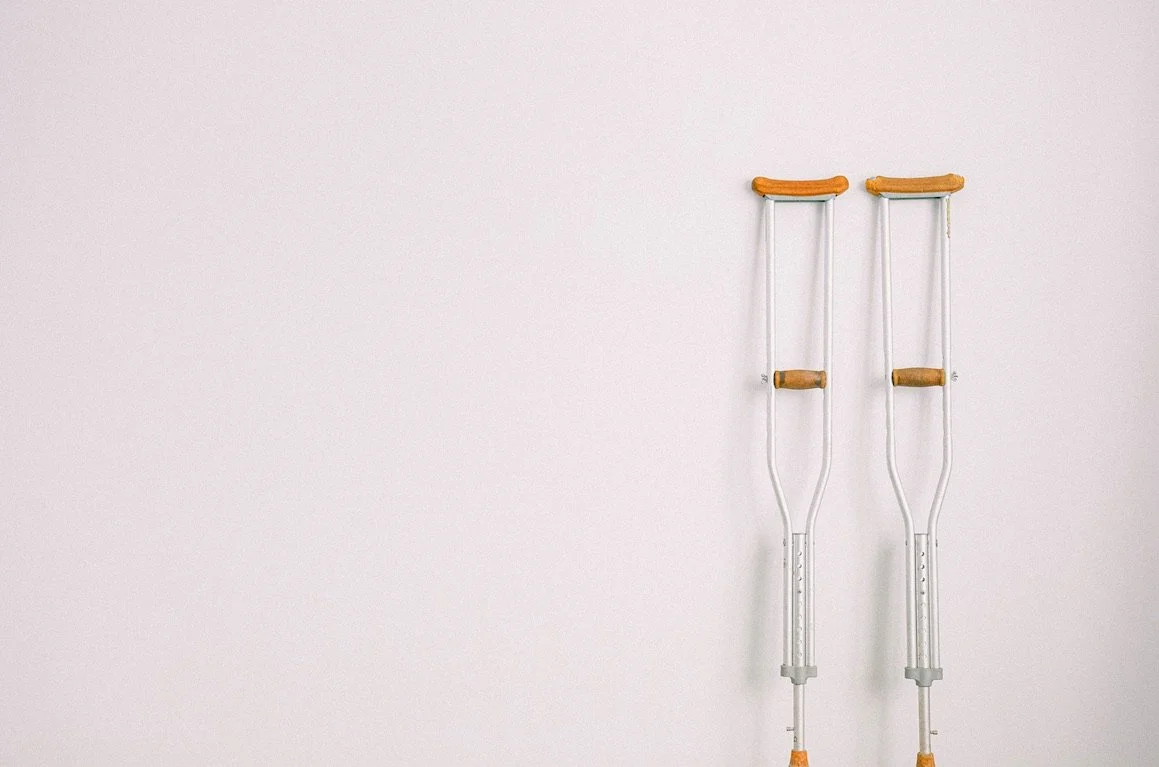I’ve had a slip and fall accident. Now what?
What To Do After A Slip and Fall Accident
If you (the plaintiff) have the misfortune of having a slip and fall accident happen to you, then there are several important factors to think about if you are considering taking legal action.
First, where did the accident occur? Did it occur on private property or public property? If it occurred on private property, then the standard limitation period for you to commence a legal claim is two years. There are certain exceptions in unusual circumstances, but typically, two years is the time limit to keep in mind for the majority of claims that occur on private property.
If the accident occurred on public property, such as a sidewalk, then depending on the municipality, you only have a few days to give notice to this municipality. For example, if you fell on a public sidewalk in the City of Toronto, according to the Municipal Act, 2001, you only have ten business days to give notice to the city. This is very important to keep in mind due to that comparatively short amount of time to take action. If your injuries seem serious enough to justify taking legal action, then it is best to do it as quickly as possible within the prescribed time period.
In situations where someone fell on a slippery surface such as ice or snow, it is not always very clear as to whether the owner/occupier will be liable. You may assume that an owner/occupier will be automatically liable because they exposed pedestrians to a safety hazard that was not remedied, but that is not necessarily the case. The courts will look closely at the facts of each individual case and determine whether the owner/occupier had a system in place to maintain the property and to clear it of any hazards. For example, the courts will see if the owner/occupier had a schedule in place to have any slippery surfaces cleared or salted every half hour, one hour, two hours, etc. If it is determined that there was no system in place and they let the hazards accumulate, then it is likely that the owner/occupier will be found liable. But if there is a system in place, this could very well mitigate liability and a plaintiff could face an uphill battle in receiving substantial compensation.
Another factor that could reduce a plaintiff’s prospects at receiving compensation is something called contributory negligence. Again, the courts will analyze the facts of each individual case and look at all the circumstances surrounding the plaintiff and the owner/occupier. For example, did the plaintiff make certain decisions that contributed to the accident? This could include wearing footwear that is completely out-of-season such as sandals in February. What if the plaintiff was intoxicated when the fall occurred, and judgment was impaired at the time of the accident? Factors like these can serve as strikes against the plaintiff in receiving compensation and, therefore, could be found to have been partially responsible for the accident.
To strengthen the plaintiff’s case, an accident victim can return to the specific location of the accident and take photographs of the hazard. For instance, if the accident occurred on a wet floor, ensure you return on 3 or 4 other occasions to see if the floor has been cleaned. If it has not, you could demonstrate with your photos, a pattern of negligence on behalf of the owner/occupier in not maintaining a safe environment.
It is important to take all the above into consideration before deciding to wade into the waters of litigation. Ask yourself this: Are my injuries so severe that I deserve compensation?
Singer Kwinter has spent decades assisting people involved in slip and fall injuries. Contact us today for your free consultation.


